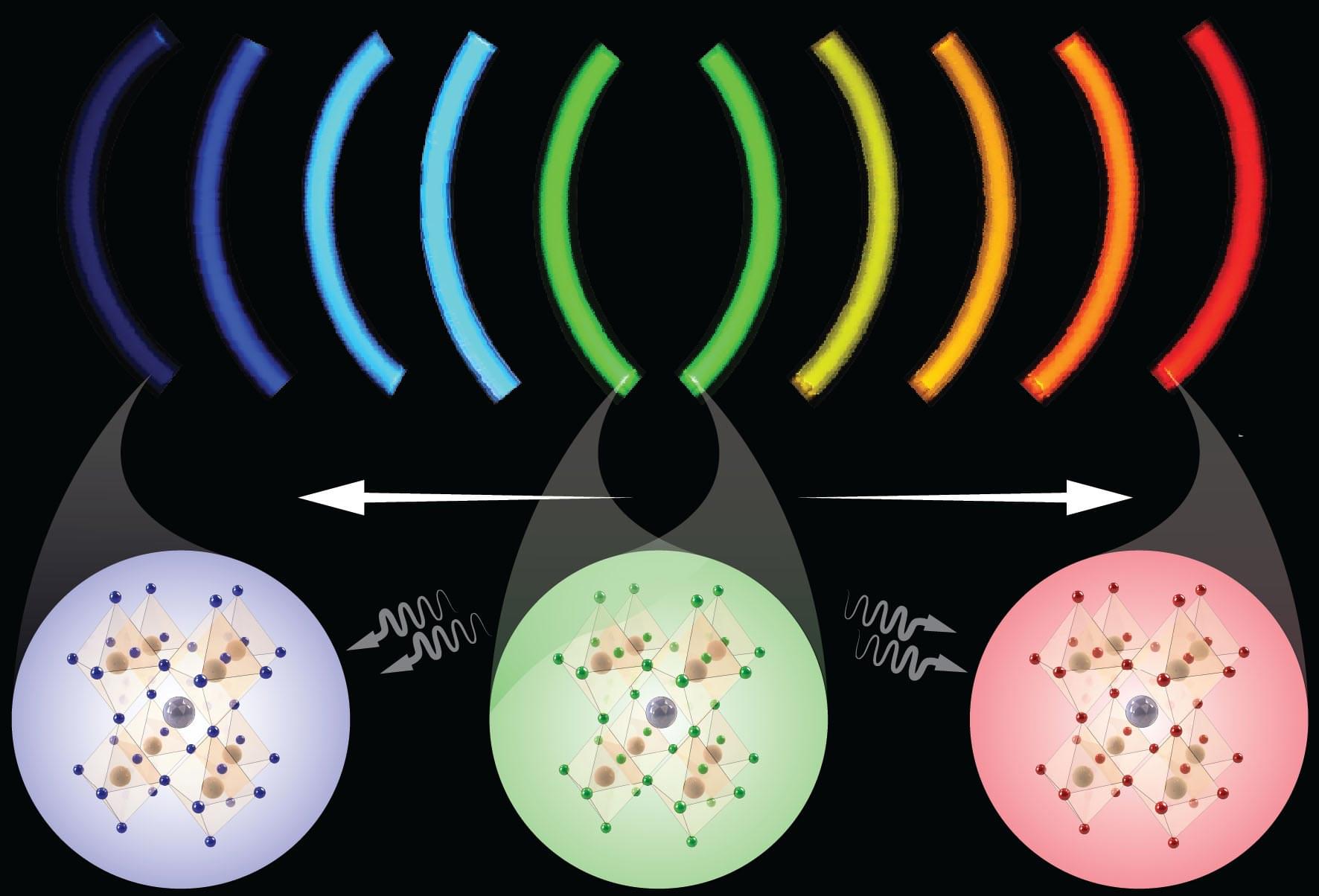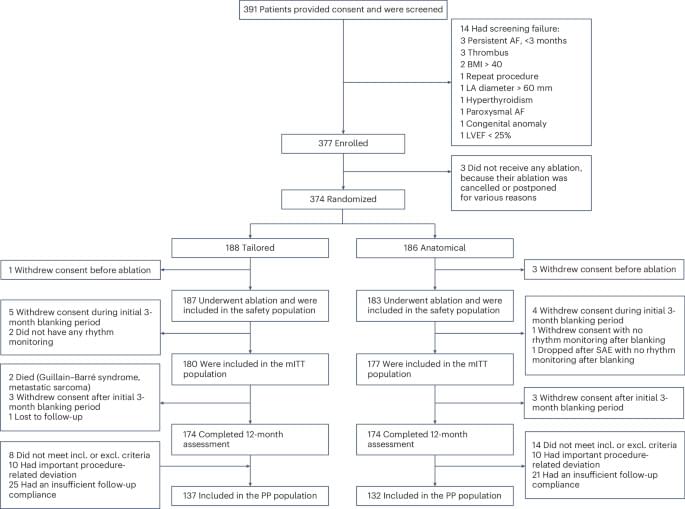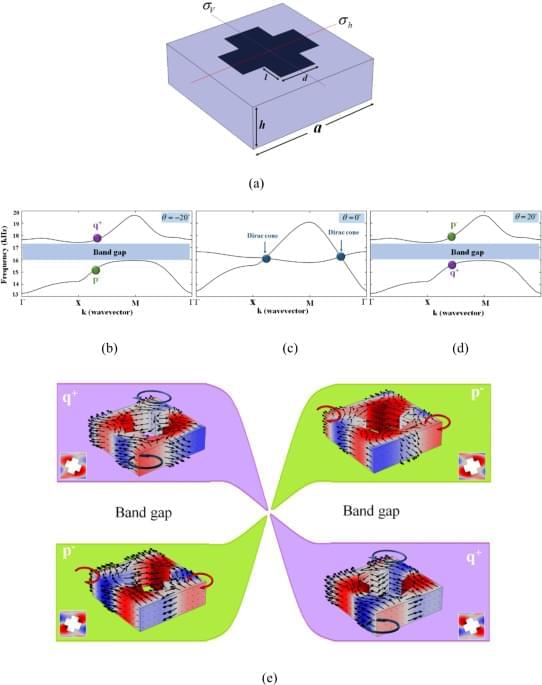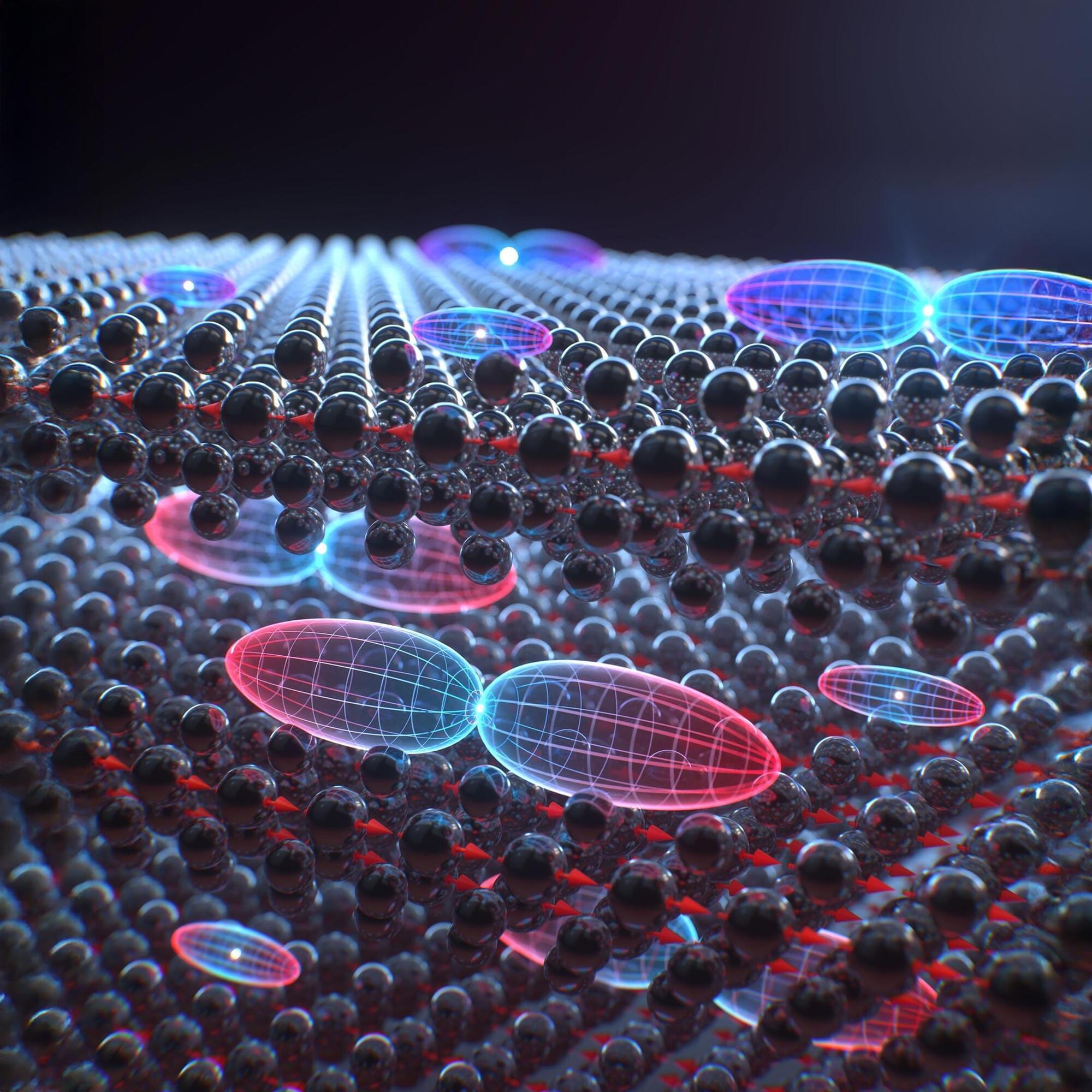This approach is not only faster and more energy-efficient but also delivers precise control over the material’s optical properties.
Light-Powered Quantum Dot Tuning
Researchers at north carolina state university.
Founded in 1887 and part of the University of North Carolina system, North Carolina State University (also referred to as NCSU, NC State, or just State) is a public land-grant research university in Raleigh, North Carolina. NC State offers a wide range of academic programs and disciplines, including the humanities, social sciences, natural sciences, engineering, business, and education. It is known for its strong programs in engineering, science, and technology and is a leader in research and innovation. It forms one of the corners of the Research Triangle together with Duke University in Durham and The University of North Carolina at Chapel Hill.







